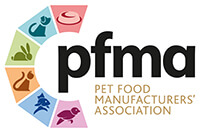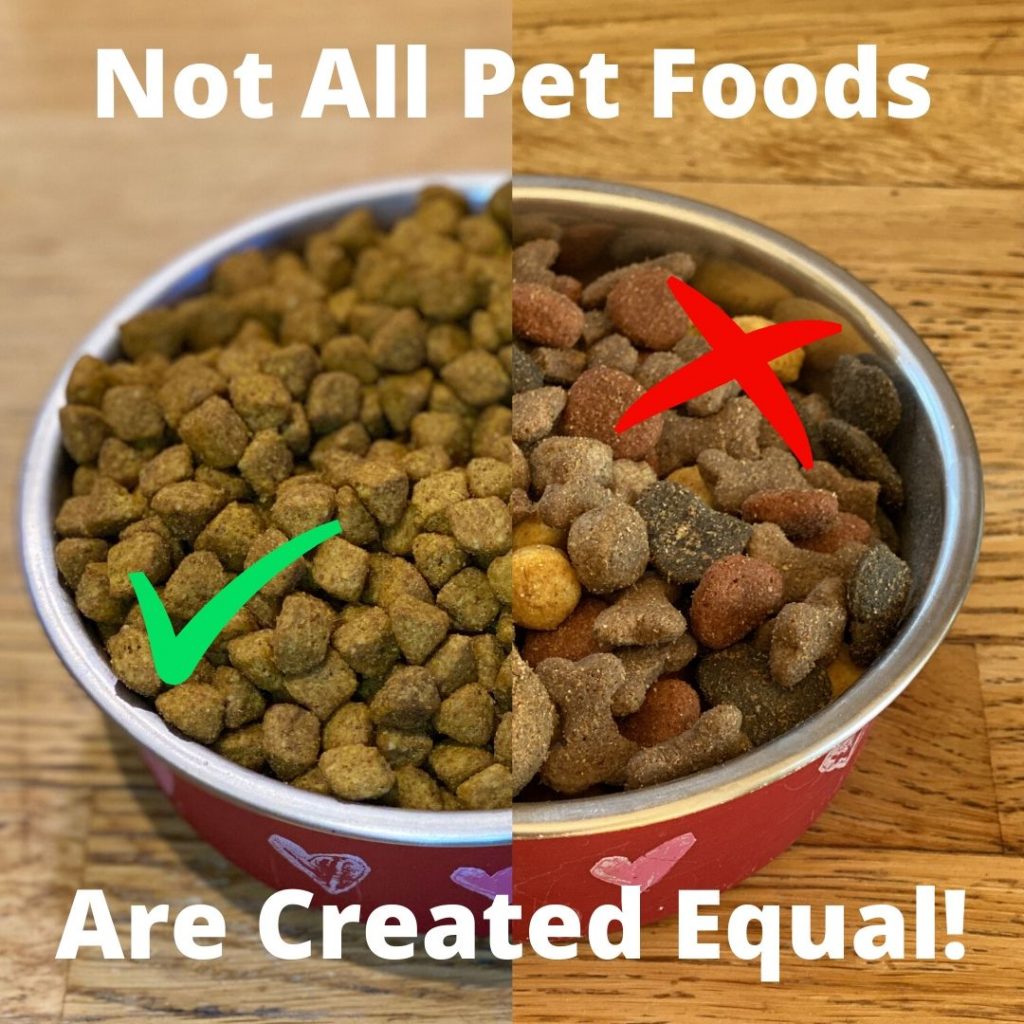Not All Pet Foods Are Equal
**This is a sponsored blog as part of a collaboration with Hills Pet Foods but all views are my own!**
Whether you want to feed your pet kibble, tinned or raw based commercial food, in the bowl each type can look pretty similar, so how can you pick a good quality diet from one that might not be quite so great?
Here are my tips!
Are they registered with the Pet Food Manufacturers Association?
This is the trade body of pet foods in the UK and it requires their members to adhere to nutritional and food safety standards. All manufacturers of all kinds of diets can join and I would never advise feeding a diet not under the PFMA banner.

What is the ingredient list like?
Ideally, the more detailed an ingredient list, the better. Diets which specify exactly what ingredients they are using and in what quantities are ones to look out for. Others may use more general terms like ‘meat and animal derivatives’ or ‘cereals’.
This doesn’t mean these companies are being deliberately secretive. The price of the raw materials fluctuates all the time, so being less specific means they can buy whichever is cheapest, and therefore pass this cost onto the consumer.
The change from batch to batch shouldn’t change to nutritional profile but it may upset some pets with sensitive tummies, even if from your perspective there isn’t any difference between the bags.
However, if you had a query, you should be able to contact the company and they should be able to give you a detailed breakdown of ingredients for that particular batch.
How detailed is the nutritional analysis?
When it comes to food, the raw ingredients are important but it is also vital to know is the actual nutrition they contain.
At the very least a food should give you the protein, fat, fibre and ash (mineral) content of the food but ideally there should be more detail than this.
Look for a breakdown of the vitamins and minerals in the food. This guarantees they are in there and they are vital to your pet’s health. There should also be a calorie content per 100 grams, so you can calculate exactly how much your pet needs.
What else is there or isn’t there?
If colourants are listed, these will be safe for your pets to eat and have passed stringent testing but remember that most pets are fairly colourblind and anything like this is in the food for our benefit, not theirs! Better quality manufacturers know this and simply keep all their kibbles the same colour.

Are ‘superfood ingredients’ listed? There is a great deal of humanisation in our pet foods and including things like blueberries, kelp or ‘green tea extracts’ is common. These foods may have some benefits but many are unproven in animals and often they are present in such small amounts they would have very little impact. Nice to have for sure, but don’t let them sway you too much!
Ultimately there is no one ‘perfect’ diet for all pets but ensuring you are feeding your pet high quality complete meals from a reputable brand using premium nutrition and excellent levels of quality control, will give your furry family every opportunity to thrive!
If you liked this blog, you might also enjoy; ‘What’s In The Bowl? A Guide To The Confusing World Of Pet Food Choices!’
You can follow me on Twitter; @cat_the_vet, FaceBook; Cat_The_Vet and Instagram, Cat The Vet